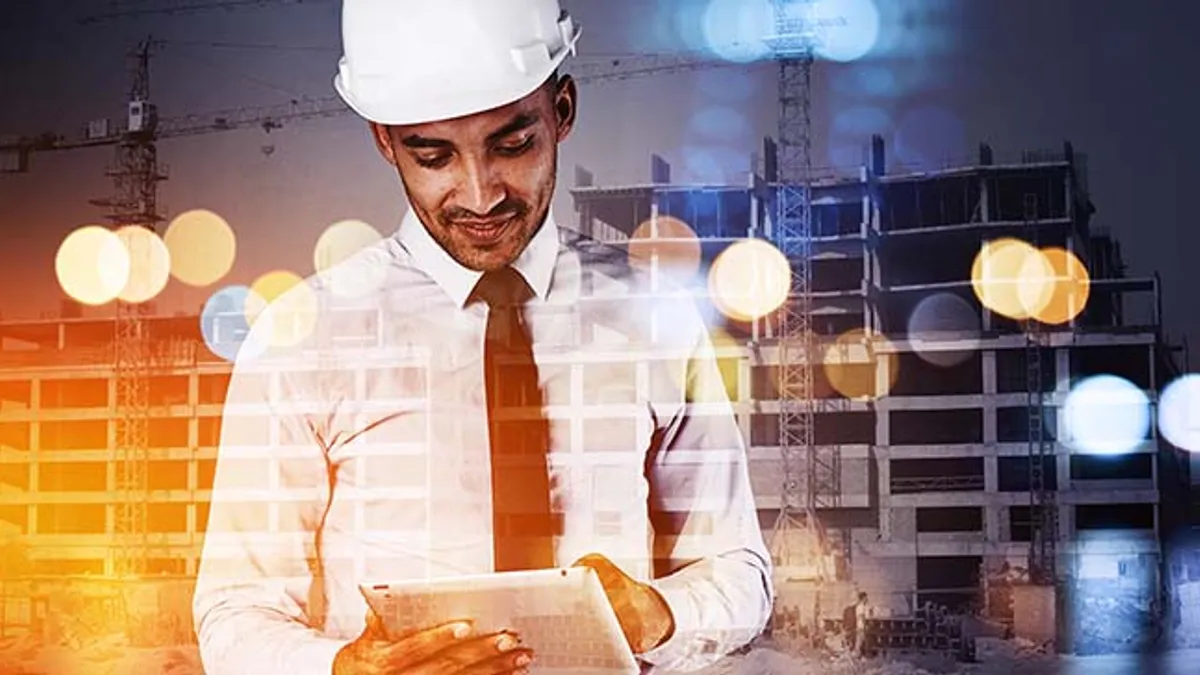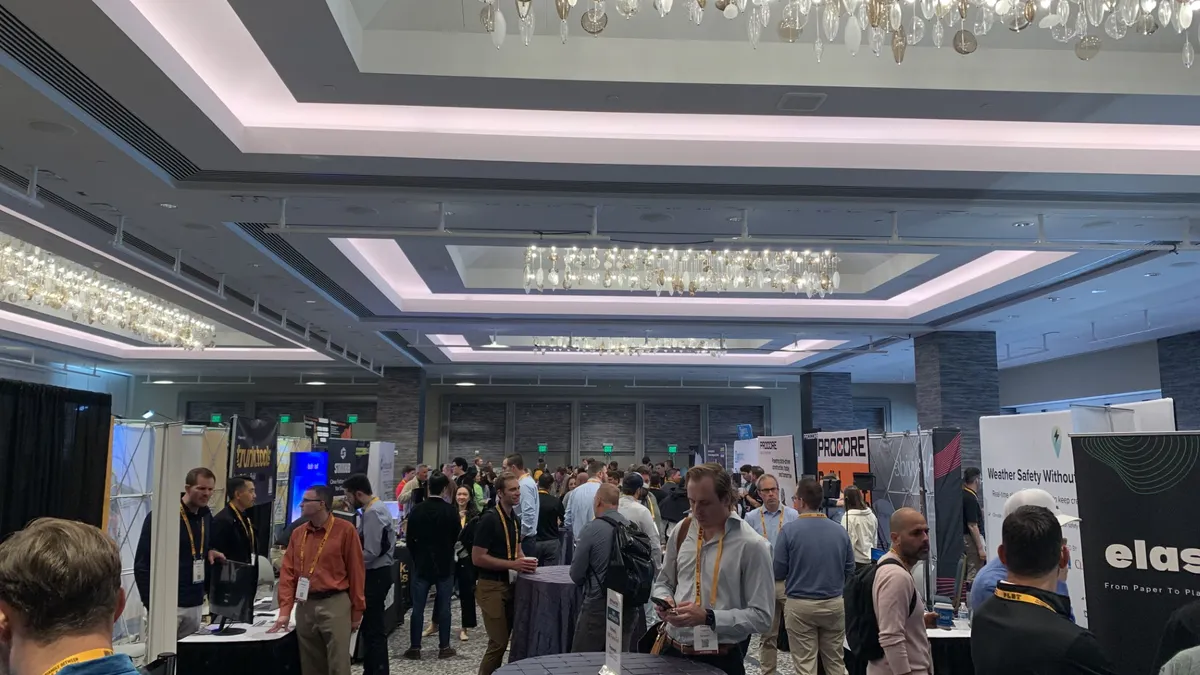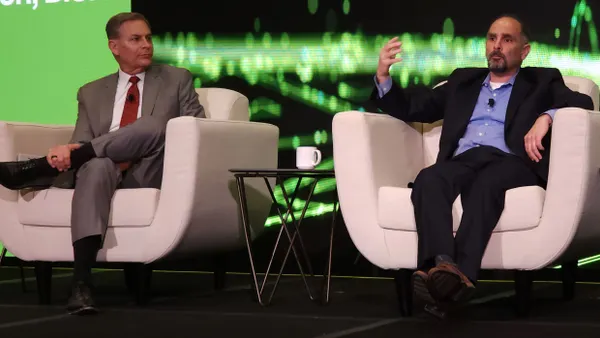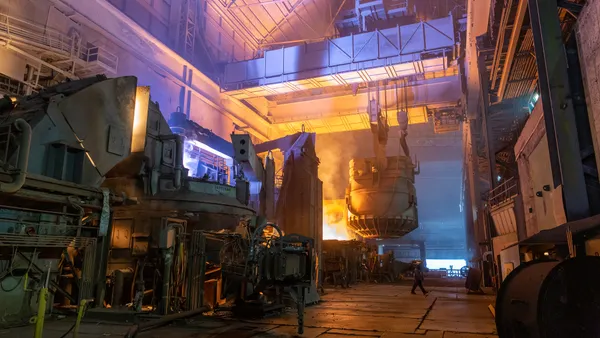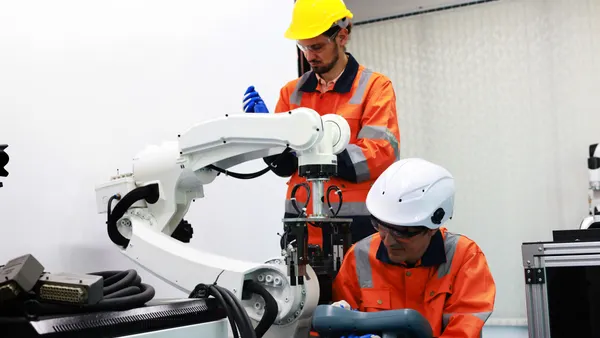In a time where everyone and everything is connected to the Internet of Things, visibility sounds like a given. With the world constantly connected, it would make sense then too that every industry was similarly plugged in.
But for the construction industry, connection looks more like a mix of one-off emails, site visits, paper trails, handshakes and more, making it hard to see what's happening at any given time.
As a result, contractors and owners alike are shifting directions faster than before. With the supply chain experiencing a tight crunch, the labor shortage at a record high and inflation on the rise, many are looking to pinpoint what exactly triggered this unique landslide of events.
Asking how we got here will only get you so far.
Was it the significant cuts in production starting in March of 2020? Or the long-held practice of “just-in-time” inventory from suppliers?
The truth is that it doesn't matter what started the disruption the industry faces. Whoever you ask will likely answer with the same sigh:
“We couldn't see this happening.”
Contractors and owners alike had limited visibility into each part of the process that brings buildings up from ground zero. Now, enterprises are buying out key vendors so that they can “take control” of the process and gain true visibility.
A once-in-a-century pandemic is something no one could predict coming. Unpredictability is the nature of life — but you can plan around the roadblocks by going back to the basics.
Visibility, and all the tools you need to obtain it, are absolutely critical in times of uncertainty. Contractors need to understand multiple perspectives when managing jobs and making decisions. Owners need to understand the ground-level challenges impacting their investments. Building relationships at every level, and keeping everyone from different teams on the same page, will drive success and rich collaboration.
There's no silver bullet, but there is a simple solution.
Many firms will point to expensive, all-in-one platforms that require extensive onboarding and a new way of doing things to prevent issues. But getting architects, subcontractors, engineers and clients all on the same page doesn't necessarily start with project management software. It can start with a simple solution: a construction camera.
Going back to the basics of seeing and understanding what's happening on the jobsite, for all involved, answers some of the biggest questions:
- What is driving the delays on the job?
- Where are resources being underutilized?
- Are my suppliers fulfilling their promises?
- Did last weekend's storm impact progress?
Ultimately, there's no single answer. But construction cameras are one of the fastest and fool-proof ways to gain real-time visibility.
Close the communication gap with clear visuals.
As contractors find workarounds to keep projects moving, they're left making tough decisions often on their own. The power of communication through cameras gives teams the flexibility needed to overcome obstacles from anywhere.
Understanding what's happening on the site is the first step in understanding what to do next. Instant visibility allows all parties to make informed decisions, quickly. Contractors have the knowledge needed to take action and owners aren't left in the dark.
Gain the jobsite intelligence needed to prepare for the unexpected.
The long-term value of cameras comes from the ability to sift through months and even years of documentation. Now, cameras can use artificial intelligence to “read” the images on your behalf, so that it's easier to review the past and report on the present.
Using A.I. allows contractors and owners to monitor the day-to-day with ease, but more importantly, it provides the visual cues needed to stay on top of the jobsite. By consistently measuring site actions and activity over time, industry professionals can “stress test” for the future with access to this deep insight.
How long did it take X team to do Y task? Did deliveries from Z suppliers consistently arrive on time? How often were costs increased due to delays? What type of weather conditions slowed down production the most?
While there are manual methods of finding this data, intelligent camera systems will let you scroll through the past with ease, and review information quickly. Understanding what key conditions look like means knowing how fast your team can turn things around, or what needs to be avoided in the future. Rather than an assumed knowledge of how things work, cameras with A.I. help keep the record straight.
Take a clear step forward.
What cameras capture is a multitude of data that's needed to make the right choices, pivot when necessary and plan for the future. Visibility from cameras provides a wealth of opportunity to understand, communicate and collaborate to create a better path forward, no matter what comes next.

